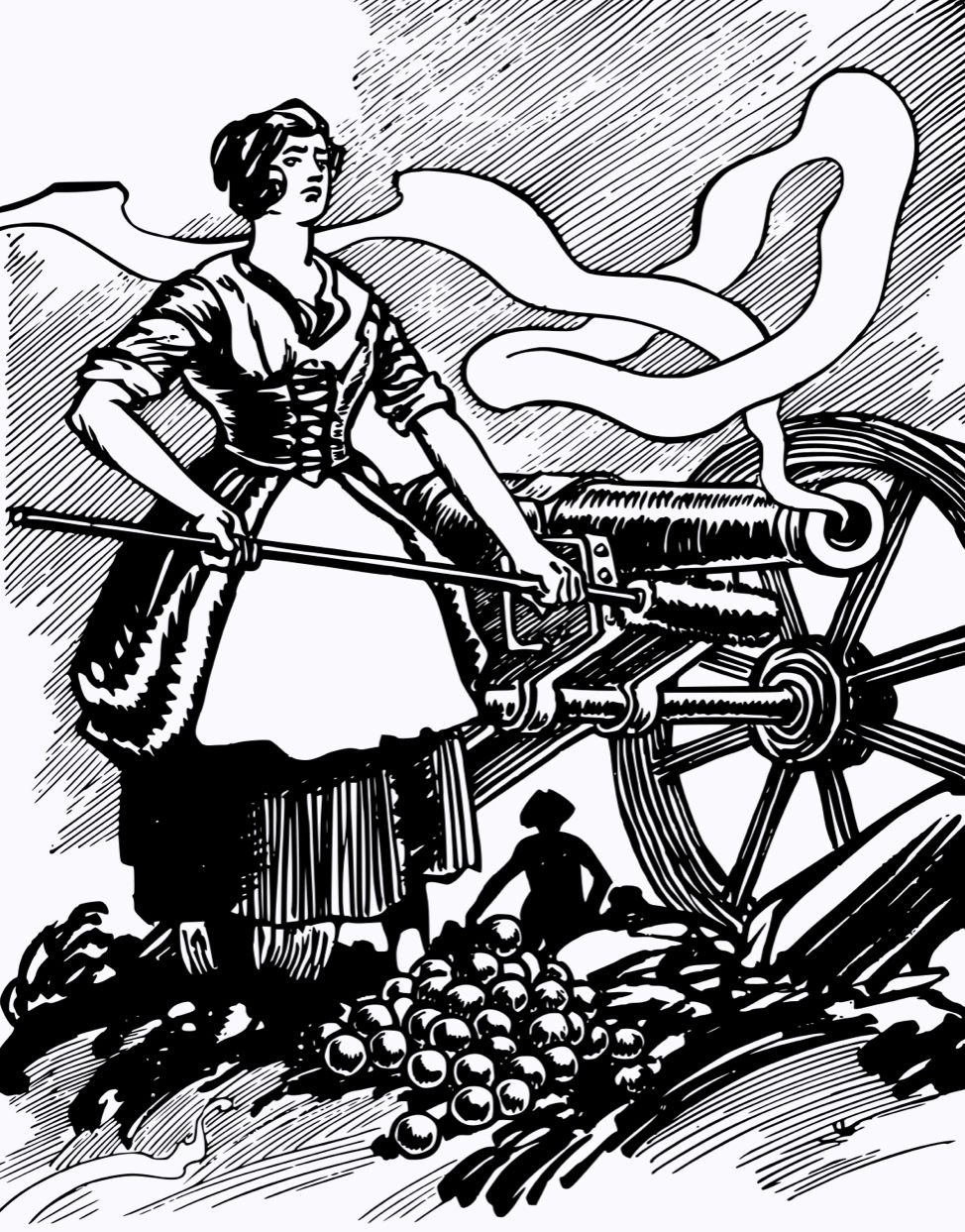The "Mrs. Sandby" - an 18th Century Lappet Cap
- Blair Farrar

- Apr 30, 2021
- 2 min read
Have you wanted to try a lappet cap, but feel that they are too "frumpy" or fussy? This is an excellent option for expanding your wardrobe and including a style that appears to have been widely popular in the 18th century, even though it gets much less love from costumers today.
The Mrs. Sandby cap has been carefully patterned to achieve a look that many modern patterns for lappet caps struggle to deliver. It Is based on portraits and prints from the 18th century that depict a wide variety of socioeconomic classes in Europe and North America, in particular on the works of Paul Sandby. Sandby's sketches of women performing daily tasks are beautifully candid and relaxed, and provide the viewer today with an excellent feel for the "real life" details of our 18th century ancestors.
This cap is similar to the Mrs. Custis design, in that it also has a relatively small caul compared to most of the patterns and other designs currently available. This small cap is in keeping with images from the period in which there is no "pouf" visible on the head behind the ruffle of the cap. Because of this difference to what you may have seen in other cap patterns, it does require some adjustment in how the hair is arranged and the cap worn. This cap is worn further back, and with the caul more loosely gathered. Hair can be styled with a very gentle roll in the front, but be closely pinned to the head in the back.
Images of women in this style of cap are seen throughout the early 18th century and into the early 1770s. However, the class of person wearing this cap does appear to shift through the decades. In earlier years, this cap was more fashionable and could be dressed up with lace along the edge of the ruffle. As the years go by, however, this cap becomes more commonly seen among the lower-middling classes as daily working wear, as the fashions among the upper classes shift towards higher hairstyles and pouffier caps.
In nearly all classes and decades, it seems that women enjoyed decorating their caps with colorful ribbons, which were pinned in place or tied on to the cap after construction. These ribbons were generally silk, and even the lower classes had access to this small luxury through the thriving second-hand clothing market that existed in most locales in the 18th century.

Paul Sandby RA, 1731–1809, British, Lady Maynard, ca. 1757, Black and red chalk and graphite on medium, cream, slightly textured laid paper, Yale Center for British Art, Paul Mellon Collection, B1977.14.6266



Comments